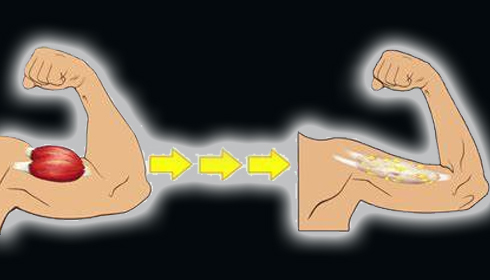
Duchenne muscular dystrophy
Duchenne muscular dystrophy (DMD) is a severe type of muscular dystrophy characterized by the rapid progression of muscle degeneration, leading to loss of ambulation and premature death. DMD primarily affects boys, with onset typically occurring between ages 2 and 5.
Genetics and Pathophysiology:
Mutations in the DMD gene, which encodes the protein dystrophin, cause DMD. Dystrophin is crucial for maintaining the integrity of muscle cell membranes. Without functional dystrophin, muscle fibers are susceptible to damage, leading to muscle degeneration and weakness. The DMD gene is located on the X chromosome, making the disease X-linked recessive. This implies that the disease primarily affects males with one X chromosome, while females with two X chromosomes typically carry the gene.
Symptoms:
Early signs of DMD include:
Diagnosis:
DMD diagnosis typically involves:
Management and Treatment:
While there is no cure for DMD, various treatments aim to manage symptoms and improve quality of life, including:.
Recent Advances:
Prognosis:
With advances in medical care, the prognosis for people with DMD has improved. In the past, many boys with DMD did not survive beyond their teens. However, with thorough management, individuals can now live into their 30s and beyond. Early intervention and multidisciplinary care are crucial for extending life expectancy and enhancing the quality of life.
Support and Resources:
Organizations like the Muscular Dystrophy Association (MDA) and Parent Project Muscular Dystrophy (PPMD) offer resources, support, and advocacy for individuals with DMD and their families. They provide information on clinical trials and research advancements, as well as connecting families with medical professionals and support networks.